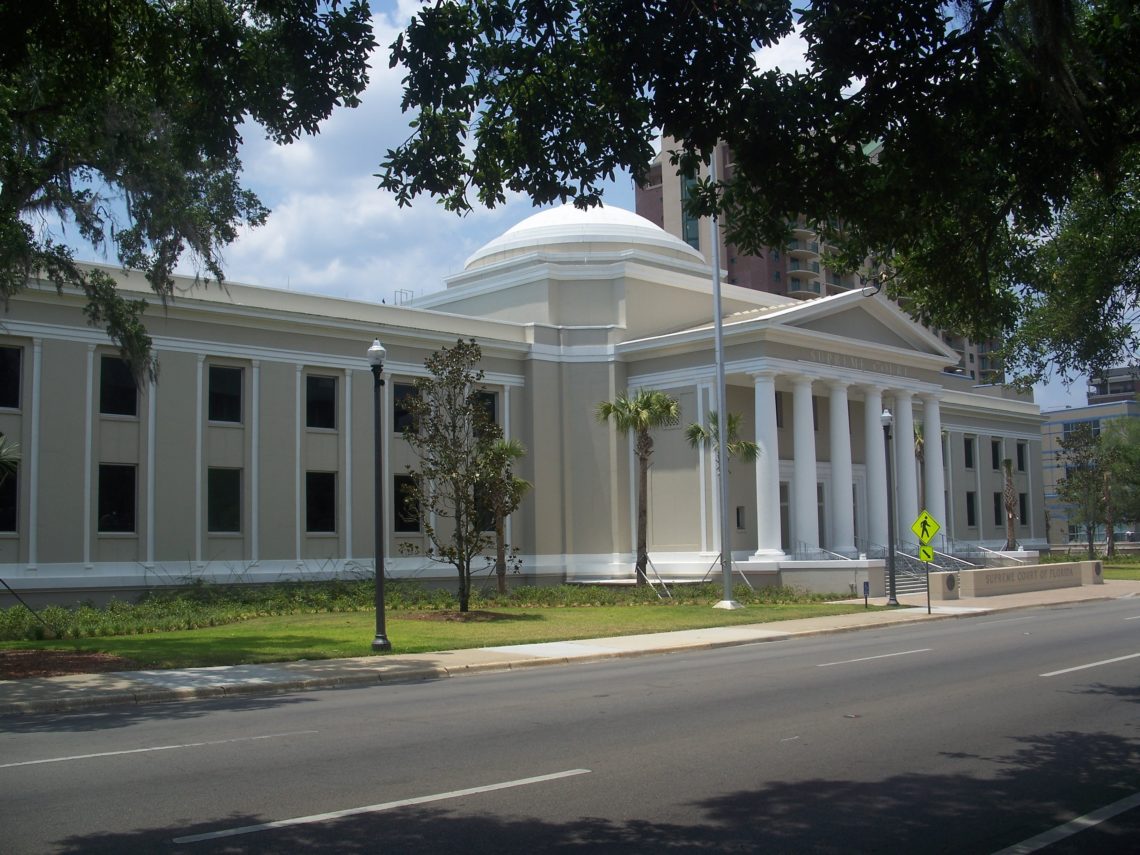With over 120,000 signatures, John Morgan’s petition to raise Florida’s minimum wage to $15 an hour will be sent to the state Supreme Court for approval—what will this mean for Florida’s economy?
If the Florida Supreme Court approves the amendment, Morgan will have to garner 700,000 signatures for the amendment to be placed on the ballot. Voters will then be able to vote on the issue in the November of 2020.
This increase in minimum wage would be drastic, occurring over the course of 5 years as the largest increase in minimum wage in state history. To put this into context, the increase of the minimum wage from $8.25 to $8.46 on January 1, 2019 was the largest increase in Florida since 2012. Additionally, the $15 minimum wage would be more than double the federally mandated $7.25 minimum wage, making Florida the state with the highest minimum wage in the country.
Morgan argues that the current minimum wage does not meet the basic needs of minimum wage workers. He also claims that this increase would benefit taxpayers. Undoubtedly, this amendment will face opposition from various business and political groups. Due to this, it is important to examine the empirical evidence behind minimum wage increases.
Examining the effects of increasing the minimum wage is complex, as the factors influencing the economy—as well as measuring what exactly is affected by these increases—can be difficult the isolate. As a result of this, studies investigating the exact effects of increases in minimum wage often yield incongruous conclusions. Despite this, there is a common theme among the conclusions: if there is an effect on employment, it is weak.
It stands to reason, then, that a $15 minimum wage would benefit society. If employment does not decrease, but wages increase, there should be an increase in overall economic welfare. This assumes, however, that past studies can accurately predict what will happen in Florida if this amendment passes.
Most of the studies on the effects of minimum wage are based on cases where the increase is less than a dollar. There simply has not been an increase in the minimum wage of such scale that could be analyzed. Considering Morgan’s proposed increase would be over six dollars, the results of these studies are not applicable.
A relevant study to examine would be the Beaudry, Green, and Sand study[ published in September of 2018, which examined the effects of a $15 minimum wage in Seattle, San Francisco, and Los Angeles. The study concluded the following: there was an increase in unemployment rates, and the distribution of unemployment was uneven. The lower the initial wage was, the higher the unemployment rates were following the increase.
For example, in Los Angeles laborers who made $10 an hour faced a 12 percent decrease in employment levels, while those who made over $25 were virtually unaffected. Furthermore, the more uneven the wage distribution of the city, the more it was affected by the increase in minimum wage.
So, what do these results mean for a $15 minimum wage in Florida? There are several factors to examine.
First of all, the areas studied were merely cities, while the increase in Florida is statewide. One difference here is that Florida’s infrastructure is not fully reflective of a city; it includes rural areas. These areas contain smaller businesses that would not be as capable of absorbing the cost of an increased minimum wage as large corporations in cities would be.
This would cause even higher rates of unemployment. Further, the wage distribution across an entire state is less even than that of a single city, which would also lead to higher unemployment rates.
In regard to this, Morgan stated that he increased the minimum wage for employees of Morgan & Morgan to $15, acknowledging that it will cost the firm a significant amount of money.
This exemplifies the problem. Morgan & Morgan is a massive law firm that can absorb this cost. Smaller firms cannot do the same, and could easily go out of business. Small, local businesses would be negatively impacted, while large ones would simply adjust.
Additionally, the increase would be larger in Florida. In Los Angeles, Seattle and San Francisco, the minimum wage increased by around 50 percent. In Florida, the minimum wage would increase by almost 80 percent. The larger this increase is, the larger the subsequent effects are. While Florida is a state and not a city, it is reasonable to predict that an 80 percent increase in minimum wage would lead to a respectively high increase in unemployment.
With this in mind, Morgan’s argument for the minimum wage increase has faults of its own. The claim that it would benefit taxpayers is incorrect. With a likelihood of decreases in employment for those who work for the minimum wage, these taxpayers certainly aren’t better off. On the other hand, those who make a significantly higher amount are largely unaffected. Again, this does not mean they are better off.
Morgan also claimed that the current minimum wage does not provide enough money for one to support themselves. This is true. A rough estimate predicting around 2,000 worked hours a year would mean these people would make less than $20,000 per year. $20,000 per year, however, is a much higher amount than those who would be unemployed as a result of this policy would make.
The only people who would benefit would be those who receive increased wages and stay employed. However, it is possible that in order for businesses to stay profitable while paying their employees more, they would have to increase prices. This could lead to increased cost of living, which could serve to counteract the higher wages. These increased costs of living would also negatively affect the unemployed and those who make less than minimum wage.
Furthermore, the people who make minimum wage are generally young adults in high school or college who are supplementing their household’s income —not people who are in poverty. Thus, the people this policy is aimed to help (those in poverty) would largely be unaffected by it, as they do not work minimum wage jobs. A very likely possibility is that this higher minimum wage provides more incentives for those who would not have previously worked, which would lead to more competition for jobs and thus lead to even higher unemployment rates.
It could be argued that the mentioned negative effects are not wholly accurate, as the proposed amendment increases the minimum wage in $1 increments until 2026. By then, we would achieve the $15 wage. This could reduce the “shock” the economy would face, reducing negative effects such as unemployment. However, this would be relevant if the increases in minimum wage in Seattle, Los Angeles, and San Francisco did not also occur in increments over years. The conclusions of Beaudry et. al. (2018) still stand.
The push for a $15 minimum wage is misguided. It is based on the belief that increasing the minimum wage will not drastically affect employment levels, but this belief is based off of studies that do not represent the effects the amendment would have. By increasing Florida’s minimum wage to $15, unemployment could increase significantly—and this is even more so the case given the characteristics of Florida.
Given this, John Morgan’s proposed amendment pushing for a $15 minimum wage appears to be misguided. This policy could negatively affect Florida’s economy, compromising the low unemployment rates of recent years.
The Florida Supreme Court. (Unmodified Creative Commons photo by Ebyabe. https://bit.ly/1p2b8Ke)





